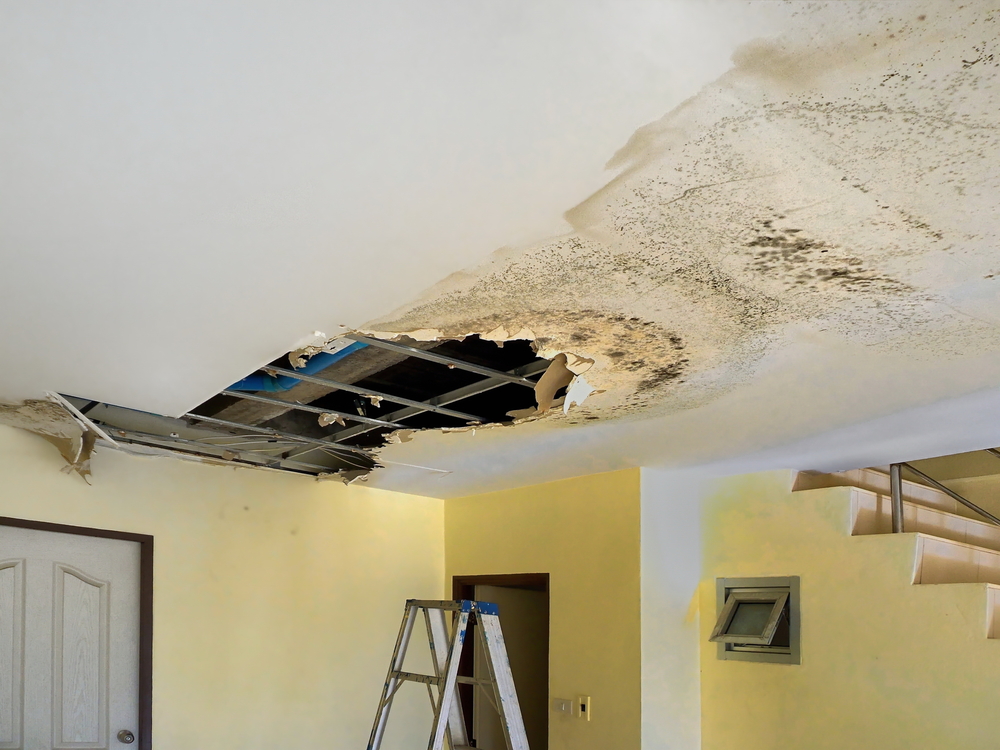Six Ways to Identify Hidden Water Line Leaks Efficiently
Six Ways to Identify Hidden Water Line Leaks Efficiently
Blog Article
They are making a number of good points regarding Top leak detection hacks as a whole in this post which follows.

Early detection of leaking water lines can mitigate a possible catastrophe. Some small water leaks might not be noticeable.
1. Analyze the Water Meter
Examining it is a proven means that aids you find leaks. If it moves, that shows a fast-moving leakage. This indicates you might have a slow-moving leakage that might even be below ground.
2. Check Water Consumption
Assess your water costs and also track your water consumption. As the one paying it, you should see if there are any type of inconsistencies. If you spot sudden changes, despite your consumption being the same, it means that you have leakages in your plumbing system. Bear in mind, your water costs should drop under the very same array every month. An unexpected spike in your expense indicates a fast-moving leak.
At the same time, a steady rise each month, despite having the very same habits, reveals you have a sluggish leak that's also slowly rising. Call a plumber to extensively examine your residential property, especially if you feel a warm area on your flooring with piping below.
3. Do a Food Coloring Examination
30% comes from commodes when it comes to water usage. Examination to see if they are running correctly. Drop specks of food shade in the tank as well as wait 10 minutes. If the shade somehow infiltrates your dish throughout that time without flushing, there's a leakage between the container and dish.
4. Asses Outside Lines
Do not fail to remember to check your exterior water lines also. Must water leak out of the connection, you have a loosened rubber gasket. One small leak can squander loads of water as well as spike your water costs.
5. Evaluate as well as Examine the Situation
House owners should make it a routine to inspect under the sink counters and even inside cabinets for any type of bad odor or mold development. These 2 red flags indicate a leak so punctual interest is called for. Doing regular assessments, even bi-annually, can conserve you from a significant issue.
If you know your house is currently old, keep a watchful eye on your heating systems, hoses, pipelines and so on. Check for stainings and deteriorating as a lot of appliances and also pipes have a life span. They will certainly likewise naturally weaken due to tear as well as use. If you believe leaking water lines in your plumbing system, do not await it to escalate. Call a specialist plumber immediately so you don't wind up with an awful mess in your home.
Early discovery of dripping water lines can reduce a possible disaster. Some small water leakages may not be noticeable. Inspecting it is a proven way that assists you uncover leakages. One small leakage can throw away bunches of water and spike your water costs.
If you suspect dripping water lines in your plumbing system, do not wait for it to intensify.
WARNING SIGNS OF WATER LEAKAGE BEHIND THE WALL
PERSISTENT MUSTY ODORS
As water slowly drips from a leaky pipe inside the wall, flooring and sheetrock stay damp and develop an odor similar to wet cardboard. It generates a musty smell that can help you find hidden leaks.
MOLD IN UNUSUAL AREAS
Mold usually grows in wet areas like kitchens, baths and laundry rooms. If you spot the stuff on walls or baseboards in other rooms of the house, it’s a good indicator of undetected water leaks.
STAINS THAT GROW
When mold thrives around a leaky pipe, it sometimes takes hold on the inside surface of the affected wall. A growing stain on otherwise clean sheetrock is often your sign of a hidden plumbing problem.
PEELING OR BUBBLING WALLPAPER / PAINT
This clue is easy to miss in rooms that don’t get much use. When you see wallpaper separating along seams or paint bubbling or flaking off the wall, blame sheetrock that stays wet because of an undetected leak.
BUCKLED CEILINGS AND STAINED FLOORS
If ceilings or floors in bathrooms, kitchens or laundry areas develop structural problems, don’t rule out constant damp inside the walls. Wet sheetrock can affect adjacent framing, flooring and ceilings.
https://www.servicemasterbyzaba.com/blog/how-to-detect-water-leakage-in-walls/

I came across that blog entry about Locating water leaks while perusing the internet. If you appreciated our blog posting if you please do not forget to share it. Kudos for your time. Come back soon.
Schedule Today Report this page